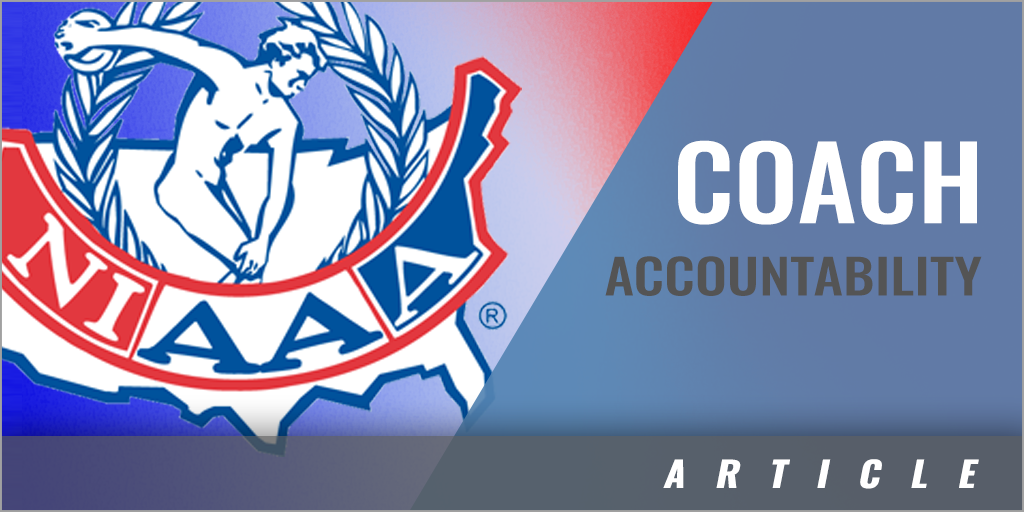|
By: Denny Ziegler, CAA - Strongsville High School (OH) Many athletic administrators talk about culture and the importance of culture, but very few know how to recognize culture as the appropriate way to sustain a highly suitable educational based athletic department. In order to obtain "buy-in" from coaches, athletes, boosters, parents and all stakeholders who influence an athletic culture, you have to be able to recognize and reward culture. Below are some simple ways to recognize culture in students within your department:
To build on department culture, there has to be "buy-in" from those directly involved with the culture, which are our coaches. When people think about athletics, they usually equate athletics to a game and in all games you keep score. Applying that rationale within a department is something that I think has helped build culture, standards, and unity in our athletic department. In any school district, schools are given a scorecard on measurables and in most cases, it relates to graduation rates, closing the GAP, and more. At Strongsville, we took that same principle and created an athletic scorecard in which we measure four pillars that we feel are most important to our culture. We used pillars such as Academics, Communication, Collaboration and Continuing the Excellence. These pillars are then defined and given benchmarks. We color code the benchmarks into green, red and orange. Each season, we meet with the in-season coaches and go through the scorecard. At the beginning of the season, we give each coach a color per pillar on how we view their program. We then provide them with feedback on how to achieve a higher level and then we re-measure those pillars at the end of the season to hopefully see improvement. This exercise not only gets "buy-in" from the coaches, but it also holds the coaches accountable for things we value in the department and keeps every coach working towards the same goals. Another approach to coach accountability is the evaluation aspect. In our athletic department, we never judge a program based off of wins and losses alone. We measure programs based off of growth and off of process-based items. To reiterate this during an evaluation cycle, we changed and modeled our evaluation off of a teacher evaluation. In most cases, many coaches are also teachers, so to make the process similar and for coaches to understand evaluations more thoroughly, we created an evaluation that includes:
These are key terms for our teacher evaluations. Once again, we incorporated areas of the scorecard that were mentioned above into the evaluation process, but really we wanted to outline the important items of an educational based coach. We included categories on the evaluation that include:
These are just a few areas to touch on within the process, but it allows us to measure programs as a whole and not just what they are doing on and off the playing surface. These new evaluation tools allow for more engagement opportunities with coaches, but also more informative feedback for growth opportunities. The new process allows coaches to provide evidence of things they are doing within their program that many people do not always see. Finally, this allows us to place more value on other items besides just wins and losses. No matter what method you use to build student recognition and coach accountability, you have to make sure it's a system that works for you and your district. In our district, we meet monthly as a district admin team and as an athletic administrator, being part of those meetings gives me a deeper understanding and meaning to what is happening on the academic side. Yet, it also gives me the opportunity to take what is being done academically and align it with athletics. Anything you do in athletics should align with the core values within the district and also the mission and vision of the district. If those items do not align, you can't expect the "buy-in" from the coaches. |






